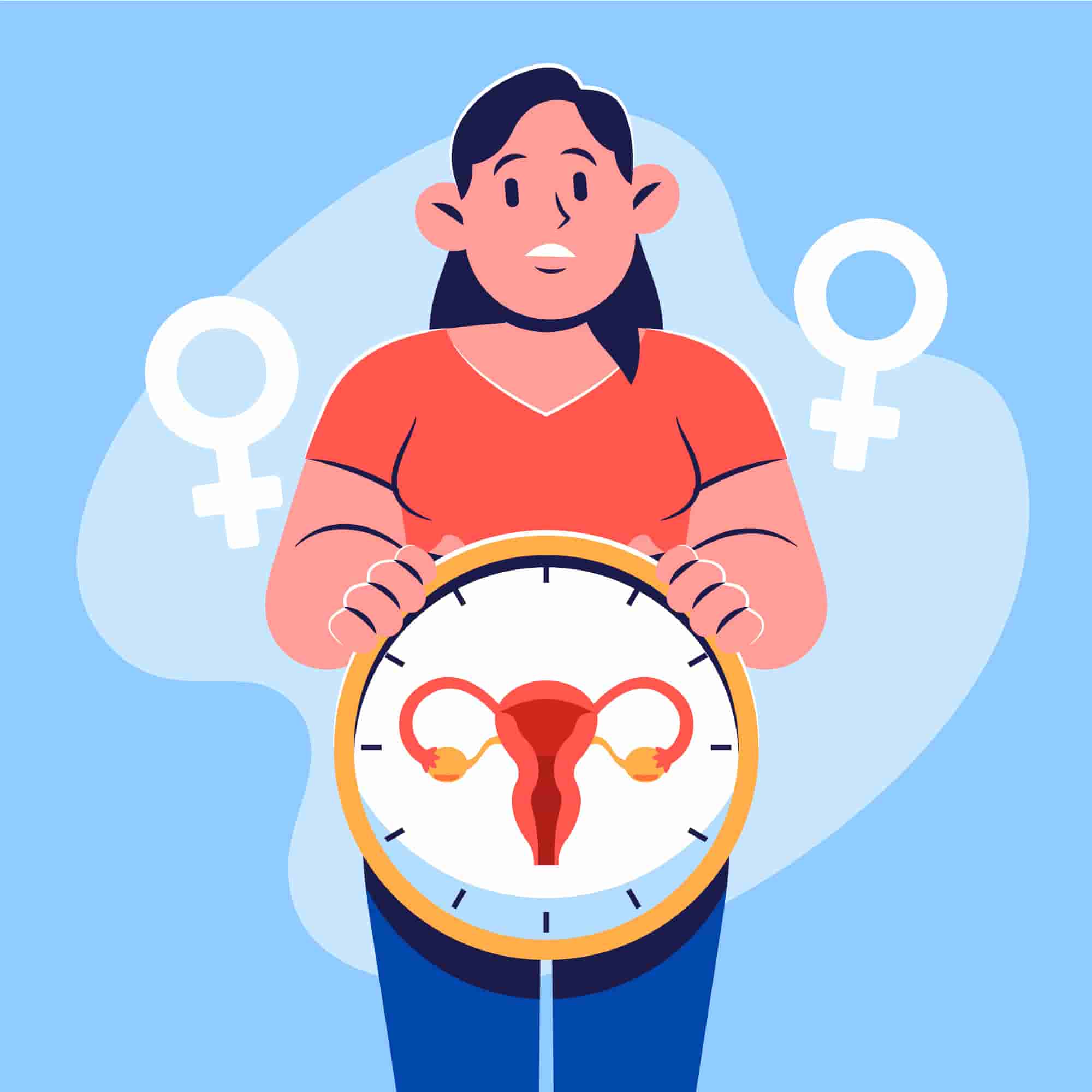Testosterone is known as an androgen, or male sex hormone. However, ovaries and adrenal glands in female bodies also produce small amounts of testosterone.
This hormone, along with estrogen, is important in growing, maintaining, and repairing female reproductive tissue and bone mass, as well as regulating libido and mood. But what could happen when there’s too much testosterone in the female body? Here’s what you need to know.
Causes
Underlying medical conditions often cause hormonal changes and high testosterone in females.
Polycystic ovary syndrome (PCOS)
PCOS is a common hormonal disorder that affects females of reproductive ageIt’s also known to lead to complications such as infertility, increased risk of miscarriage and heart disease, endometrial cancer, obesity, and sleep apnea.
The exact cause of PCOS is unknown, but genetics and excess insulin are possible contributors.
Hirsutism
Hirsutism in females is defined as the growth of unwanted facial and body hair. Symptoms include male-patterened hair growth that is dark and coarse, and often affects the chest, back, and face.
Congenital adrenal hyperplasia (CAH)
CAH is a group of inherited disorders that affect the adrenal glands and production of hormones. In most cases of CAH, the body produces too much testosterone, which leads to virilization, or the development of male characteristics in females.
Symptoms
High testosterone levels can cause symptoms that affect physical appearance and overall health, such as:
- bulky muscles
- reduced breast size
- deepening voice
- acne
- excessive hair loss
- enlarged clitoris
- irregular and infrequent periods
- short height as an adult but rapid childhood growth
- mood changes
- low libido
Diagnosis
The doctor will do a physical exam based on your symptoms. They may also ask questions about your menstrual cycle, libido, and mood changes.
If it seems like you have PCOS, the doctor might also perform a pelvic ultrasound.
You may be asked to take a blood test if your symptoms suggest high testosterone levels. They may also check your glucose and cholesterol levels. Blood tests are often done in the morning, when testosterone levels are highest.
Treatment
Treatment for high testosterone depends on the cause. Generally, it involves lifestyle and dietary changes, as well as medications like glucocorticosteroids, metformin, oral contraceptives, and spironolactone.
Oral contraceptive pills effectively block excess testosterone. The best type for high testosterone and hirsutism are those that have low doses of norgestimate, gestodene, and desogestrel.
Achieving and maintaining a healthy weight are also shown to dramatically improve symptoms of hormonal imbalance. Research shows that a decrease of 5 to 10 percent in body weight may improve PCOS symptoms, reduce testosterone levels, and help prevent complications associated with infertility.
It’s best to consult a doctor if you’re experiencing symptoms of high testosterone levels. They’ll help you find out what’s causing it, and give you advice on the best way to manage it.
Sources:
Anthony, K. (February 6, 2023). High Testosterone Levels in Women. Healthline. https://www.healthline.com/health/high-testosterone-in-women
Leonard, J. (January 12, 2023). What causes high testosterone in women? MedicalNewsToday. https://www.medicalnewstoday.com/articles/321292
Shkodzik, K. (September 9, 2019). High Testosterone in Women: Signs, Causes, and Treatment. Flo. https://flo.health/menstrual-cycle/health/symptoms-and-diseases/high-testosterone-in-women



